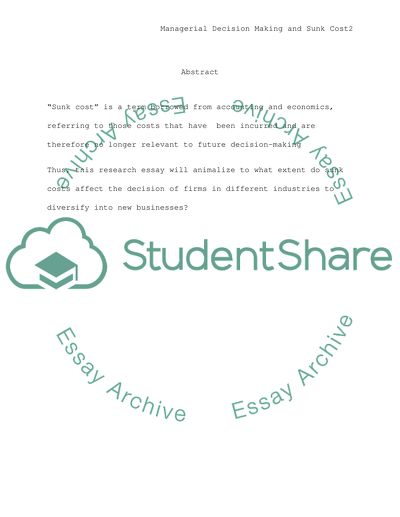Cite this document
(“Sunk Costs and Organizational Decision Making Research Paper”, n.d.)
Retrieved from https://studentshare.org/family-consumer-science/1408381-sunk-costs-and-organizational-decision-making
Retrieved from https://studentshare.org/family-consumer-science/1408381-sunk-costs-and-organizational-decision-making
(Sunk Costs and Organizational Decision Making Research Paper)
https://studentshare.org/family-consumer-science/1408381-sunk-costs-and-organizational-decision-making.
https://studentshare.org/family-consumer-science/1408381-sunk-costs-and-organizational-decision-making.
“Sunk Costs and Organizational Decision Making Research Paper”, n.d. https://studentshare.org/family-consumer-science/1408381-sunk-costs-and-organizational-decision-making.


